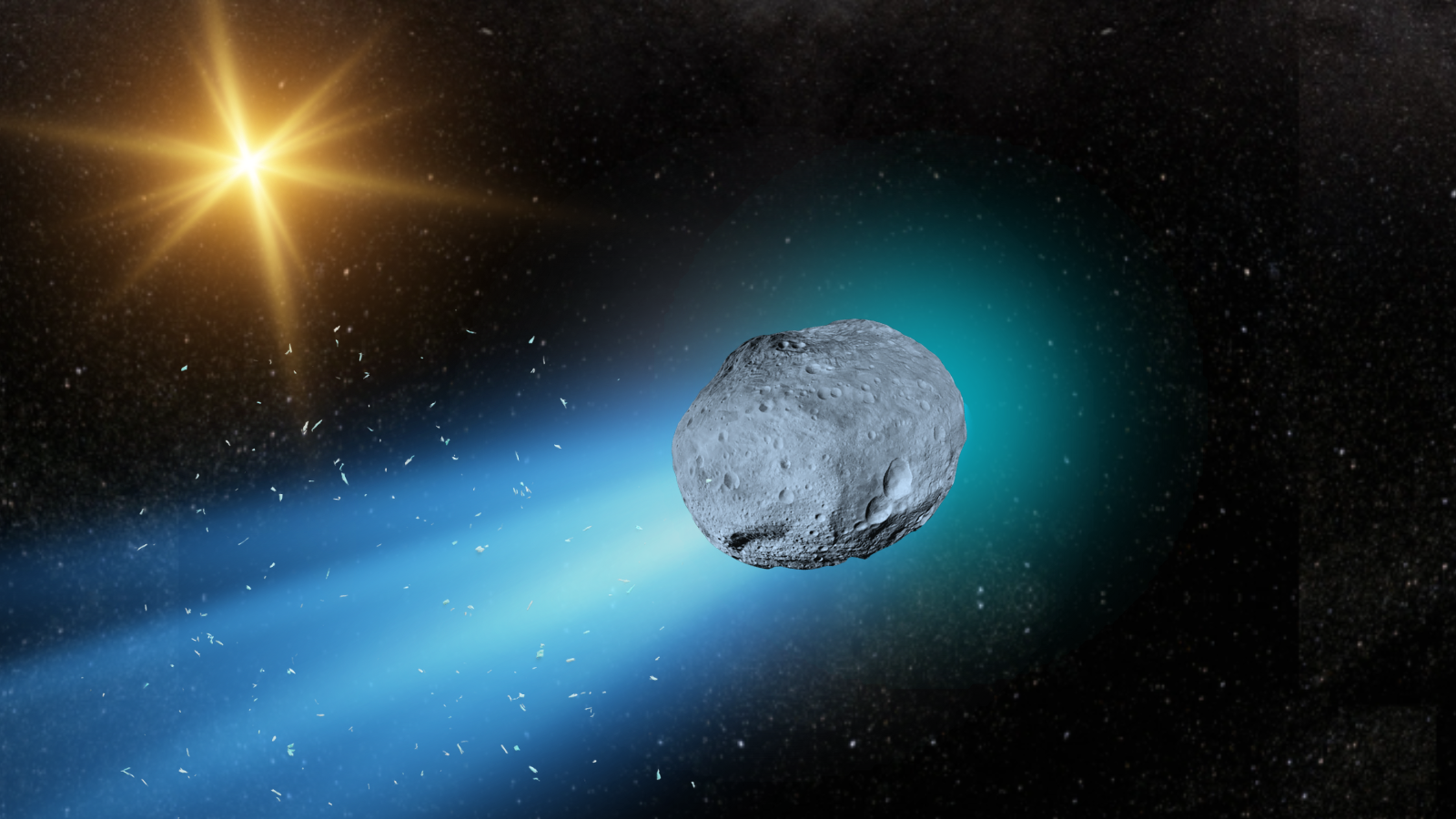A Rare Visitor from Beyond
On 1 July 2025, astronomers detected 3I/ATLAS, a comet-like object entering our solar system from the depths of interstellar space. Reuters+1 Its hyperbolic path — meaning it is not gravitationally bound to the Sun — immediately marked it as extraordinary. Live Science+1
Traveling at more than 210 000 km/h (about 130 000 mph) relative to the Sun, 3I/ATLAS is moving too fast to ever settle into orbit, and will ultimately leave our solar system. NASA Science+1
Unusual Behavior and Makeup
What sets 3I/ATLAS apart isn’t just its speed or origin — it’s what it’s doing. Observations from the James Webb Space Telescope (JWST) and the Hubble Space Telescope reveal an unusually high ratio of carbon dioxide to water compared with typical comets in our solar system. Space+1
On top of that, the Hubble image shows a “sun-facing glow” or elongation towards the Sun rather than away, which defies expectations of the classic cometary tail pointing anti-solar. Medium+1 These features suggest 3I/ATLAS might have formed in a very different environment — perhaps exposed to more radiation or a different icy chemistry than the comets native to our system. National Geographic+1
Why It Matters to Science
Because interstellar objects like 3I/ATLAS originate from other star systems, they carry pristine material from those environments. That makes them living time-capsules of alien planetary building blocks. Phys.org+1
Studying 3I/ATLAS gives planetary scientists a chance to compare the composition and dynamics of our solar system with those of other systems — without launching a spacecraft light-years away. For example, its high CO₂ content hints at a colder or more radiation-rich past. Space+1
What to Watch & What’s Next
- 3I/ATLAS is expected to reach its closest point to the Sun (perihelion) around 30 October 2025, at about 1.4 astronomical units (AU) — just inside the orbit of Mars. NASA Science+1
- It will make its nearest approach to Earth on 19 December 2025, at around 1.8 AU. While still distant, this gives astronomers additional viewing opportunities. TheSkyLive+1
- Observatories worldwide are tracking it. While it won’t be visible to casual stargazers without a decent telescope, professional instruments are gearing up to capture more spectral and morphological data. Live Science
Conclusion
3I/ATLAS is not just another comet — it’s a messenger from another star system. Its unusual chemistry, trajectory, and speed make it a rare opportunity to peer into the processes that shape worlds far beyond our solar borders. As it swings through our neighborhood and continues onward, every piece of data we gather helps answer bigger questions: How typical is our solar system? How diverse are planetary systems in our galaxy?
In short, tracking and studying 3I/ATLAS is science at the frontier — and we’re lucky to have the tools and timing to observe it in action.
Disclaimer: The information in this article is for general purposes only and does not constitute financial advice. The author’s views are personal and may not reflect the views of GameDegen.com. Before making any investment decisions, you should always conduct your own research. GameDegen.com is not responsible for any financial losses.



